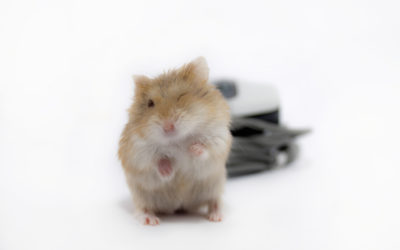
Business and executives in those businesses are more than keen to get a competitive advantage. To this end they invest heavily in technology and getting the right people to do the job.
But, I am sure, we are all more than aware that the work environment is also crucial to high performance. And this study, just out, gives an interesting take from a large dataset on this. The researchers around Alexander McKay at Virginia Commonwealth University analysed data from 11,000 surveys of employees sharing everyday work experiences and rated these into factors that stimulate or inhibit creativity. Creativity being a key metric to getting a competitive advantage for businesses.
What did they find?
Analysing the data showed that they could categorise the types of days that employees had into five categories:
-
-
- Toxic days: these are days that are high in conflict, obstacles and are missing stimulant factors. Fortunately, “only” 8% of days.
- Disengaged days: these are das that are low in all factors and represent disengagement and make up about 10% of days.
- Typical days: these are days that are well, average, a moderate amount of stimulance but also obstacles. These account, unsurprisingly for the majority of days. About 34% of days.
- Ideal days: these are the days we should probably aspire to with high stimulant factors but low obstacles and conflict. Notably they still had time pressure. These make up about 30% of workdays (which ain’t too bad actually).
- Crises days: these are days that are high in stimulant factors but also high in obstacle factors which seem to be around “good” conflict and wrestling with key problems. These make up about 20% of days.
-
So, in a hypothetical week, employees are in a bad place for half a day, disengaged for another half, in typical work mode for 1.5 days, in optimal work mode for 1.5 days, and spend 1 day in crises mode.
The next question is are these positive days actually better for creativity?
And this was a resounding yes. Those days which are ideal days rated much higher on creativity output but they also note that workers’ perceived creativity and productivity may actually be mismatched. The data for example shows that crises days are not as creative as workers rate them. Another note is that these days don’t average out as I did above nicely mixed up over a week. They tend to occur concurrently, so a toxic day is more likely to follow another toxic day. This can increase stress significantly – this shows that there can be a tendency to get in a rut – a positive one, or a negative one.
This also means it is important to try to manage this proactively.
This is therefore another piece of impressive and solid evidence as to why helping workers to have a good day at work will reap dividends for any business.
So what’s stopping you or your business making this happen?

Andy Habermacher
Andy is author of leading brains Review, Neuroleadership, and multiple other books. He has been intensively involved in writing and research into neuroleadership and is considered one of Europe’s leading experts. He is also a well-known public speaker speaking on the brain and human behaviour.
Andy is also a masters athlete (middle distance running) and competes regularly at international competitions (and holds a few national records in his age category).
Reference
Alexander S. McKay, Mayoor Mohan, Christopher S. Reina.
Another day, another chance: Daily workplace experiences and their impact on creativity.
Journal of Product Innovation Management, 2021; 39 (3): 292
DOI: 10.1111/jpim.12573
More Quick Hits
News Addiction is Bad for Your Mental (and Physical) Health
Many years ago I first heard the advice of “Don’t watch the news if you want to be happy”…
Fresh Teams are More Effective and More Innovative
We all know that just about anything in the world is produced by teams. This has never been more true than in scientific disciplines…
Too Much of a Good Thing – Why Leaders Can be Too Extraverted
Extraversion is considered a positive trait particularly in leadership – but can there be too much of a good thing?
Gene Mutation Leads to Being “Clueless”
Researchers at the UT Southwestern Medical Centre have discovered a genetic mutation that impacts memory and learning.
Humble Leaders Make Teams More Effective
This study showed that those in groups with leaders who showed the highest humility reported multiple positive results all of which can be directly correlated to higher performance.
Micro Breaks Improve Performance and Wellbeing
We all know that taking breaks is good for our brain and wellbeing – in fact we absolutely need to take breaks. It is just the way our brain and body is designed.






